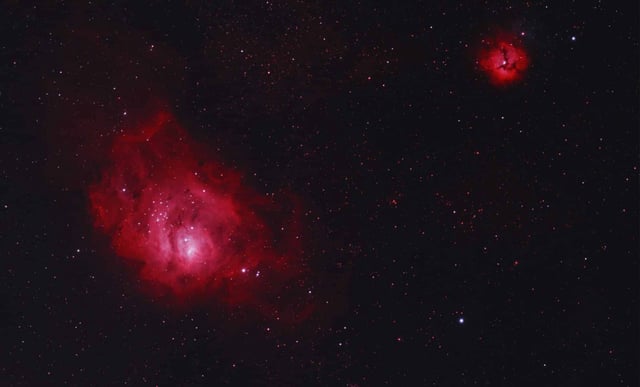Overview
- An arXiv study using the A-SLOTH semi-analytic framework finds direct-collapse black hole seeds reproduce Little Red Dot population statistics and host-halo properties more successfully than stellar-remnant seeds.
- For the most extreme early objects, the models match the distinctive V-shaped spectra under scenarios such as heavy dust attenuation or an active nucleus embedded in dense gas, whereas super-Eddington growth of stellar remnants still falls short.
- JWST identified Little Red Dots as compact, red high‑redshift sources with strong Balmer-break features and unusually concentrated light profiles.
- A separate paper updated on arXiv reports that many spectral energy distributions fit better without an AGN component and that the sources appear less clustered, suggesting a substantial fraction could be compact galaxies or nascent star clusters.
- A companion proposal by Pacucci and Loeb argues that low‑spin dark matter halos can funnel mass centrally, creating conditions favorable for rapid star formation or early black hole growth.
